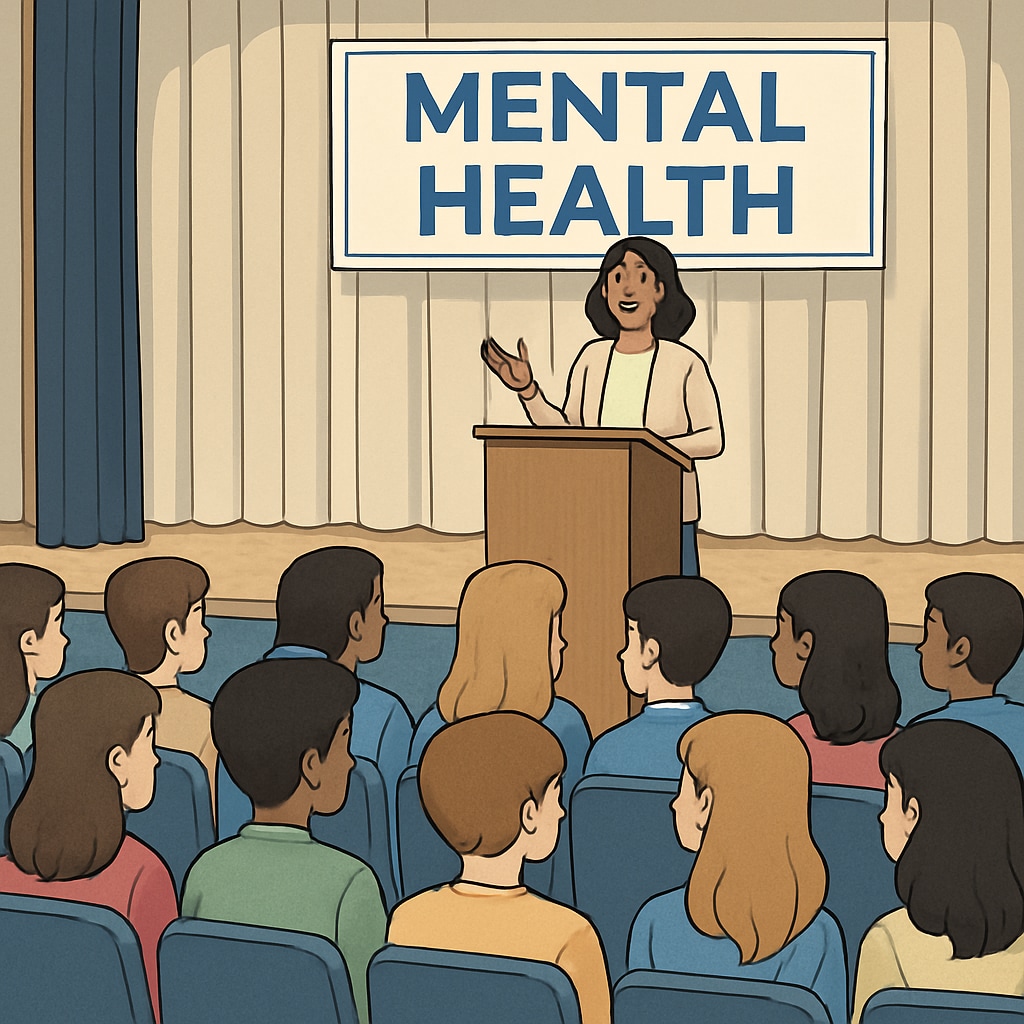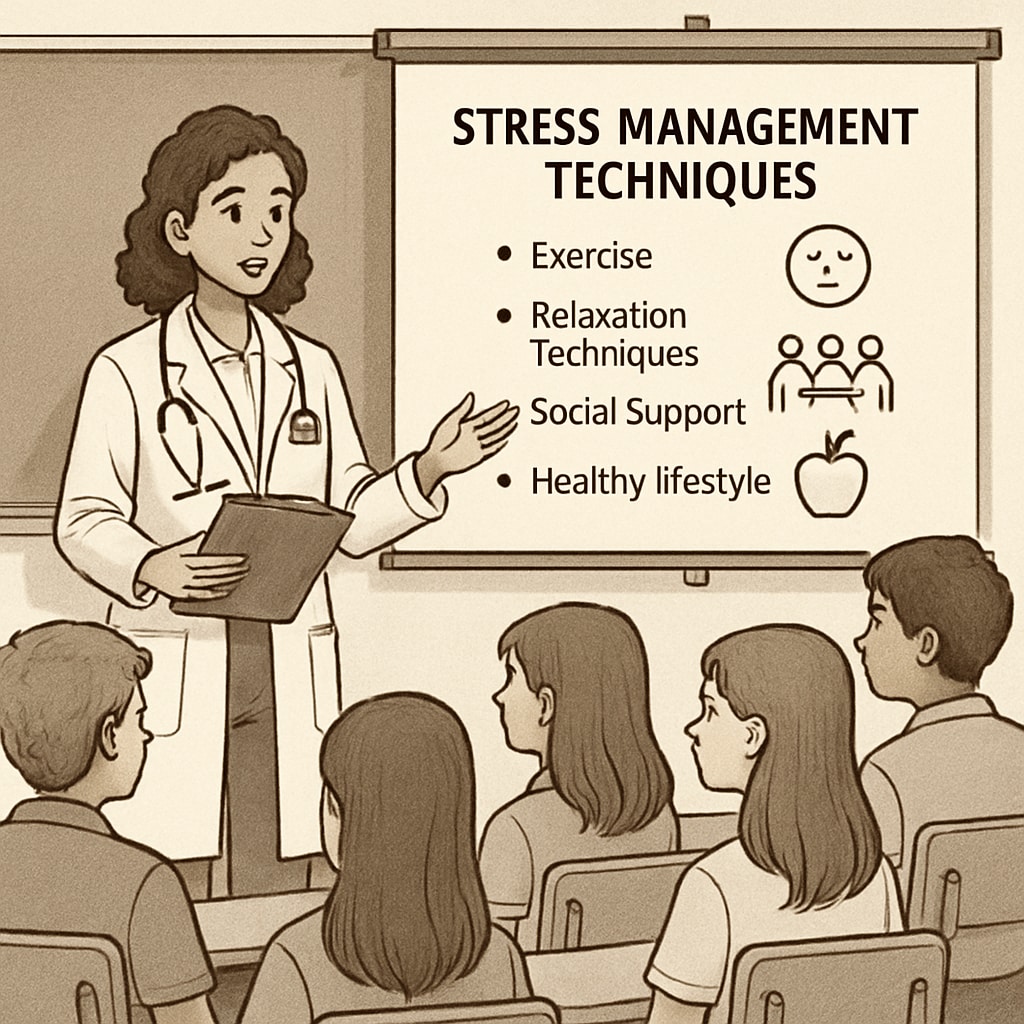High school is a pivotal stage where students face academic, social, and emotional challenges. Organizing a mental health assembly can be a powerful way to raise awareness and equip teens with tools for resilience. This initiative provides an excellent platform for medical students to contribute their expertise. In this article, we’ll explore how medical students can effectively plan and execute a high school mental health assembly, covering preparation, content design, and follow-up strategies.
Why High School Mental Health Assemblies Matter
Mental health issues often manifest during adolescence. According to the World Health Organization, half of all mental health conditions begin by age 14. Despite this, mental health remains a stigmatized topic in many schools. Assemblies led by medical students can help demystify these challenges, provide accurate information, and encourage students to seek support when needed.

Step 1: Preparing for the Assembly
Preparation is key to ensuring the event is engaging and impactful. Follow these steps to lay a strong foundation:
- Understand the audience: Collaborate with school staff to learn about the students’ needs and concerns. This ensures the content is relevant.
- Secure permissions: Obtain approval from the school administration and coordinate with teachers for scheduling.
- Form a team: Involve fellow medical students, mental health professionals, and school counselors to add depth to the presentation.
Additionally, gather resources like brochures or hotline numbers to distribute during the event.
Step 2: Designing the Content
The content of the assembly should be informative, relatable, and interactive. Focus on these core elements:
- Define clear objectives: Decide whether the goal is to raise awareness, teach coping strategies, or connect students with resources.
- Incorporate storytelling: Share real-life examples to humanize the topic and make it relatable.
- Use multimedia: Include videos, slides, or interactive polls to keep the audience engaged.
Ensure the language is age-appropriate and avoids medical jargon. Highlight practical tips, such as stress management techniques or how to support a friend in crisis.

Step 3: Engaging the Audience
An effective presentation goes beyond delivering information. It creates a dialogue. Here’s how you can foster engagement:
- Start with an icebreaker: Use a relatable question or activity to capture attention.
- Encourage participation: Invite students to share their thoughts or ask questions during a Q&A session.
- Empower with resources: Provide actionable steps students can take, such as accessing school counselors or using mental health apps.
Remember, the goal is not to diagnose but to empower students with knowledge and support.
Step 4: Following Up After the Event
Post-event follow-up ensures the assembly has a lasting impact. Consider these strategies:
- Collect feedback: Distribute anonymous surveys to evaluate the event’s effectiveness and gather suggestions for improvement.
- Share resources: Create a handout summarizing key points and listing local mental health services.
- Stay connected: Offer to collaborate on future events or provide ongoing support through workshops.
By maintaining engagement, medical students can build trust and contribute to a culture of mental health awareness in schools.
Conclusion: Building Bridges for Better Mental Health
Medical students possess unique skills and knowledge that can make a significant difference in high school mental health education. By organizing thoughtful and engaging assemblies, they can help break the stigma, provide valuable resources, and empower teens to prioritize their mental well-being. With careful planning and a commitment to follow-up, these assemblies can serve as a bridge to healthier, more resilient communities.
For further reading on adolescent mental health, visit the Britannica article on adolescent psychology.
Readability guidance: This article uses concise paragraphs, clear transitions, and accessible language to ensure readability. Lists are employed to summarize key points, and multimedia suggestions make the content engaging. Follow-up strategies underline the importance of sustained impact.


